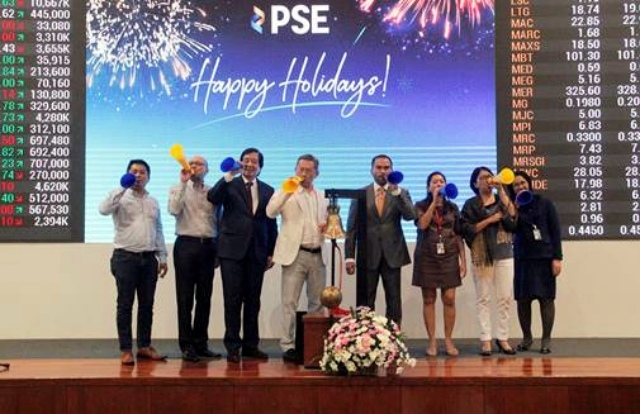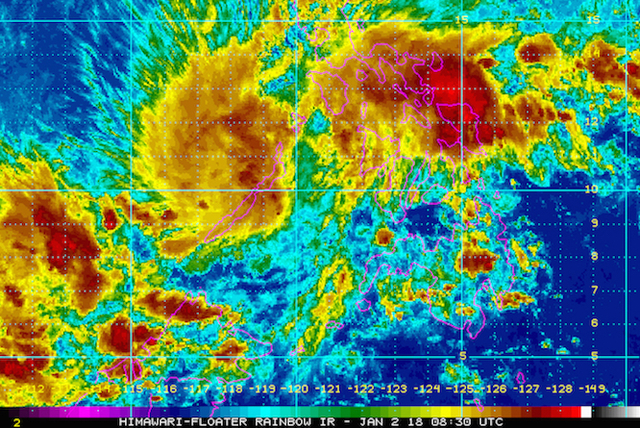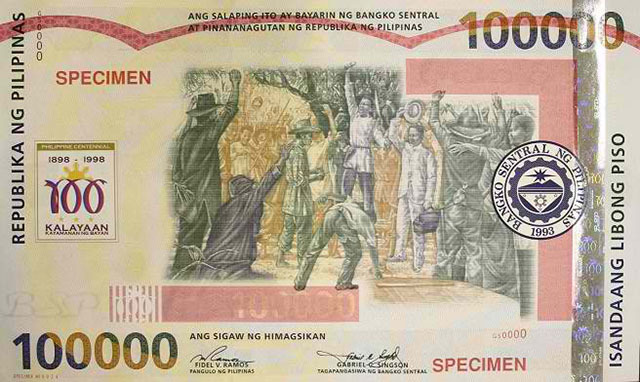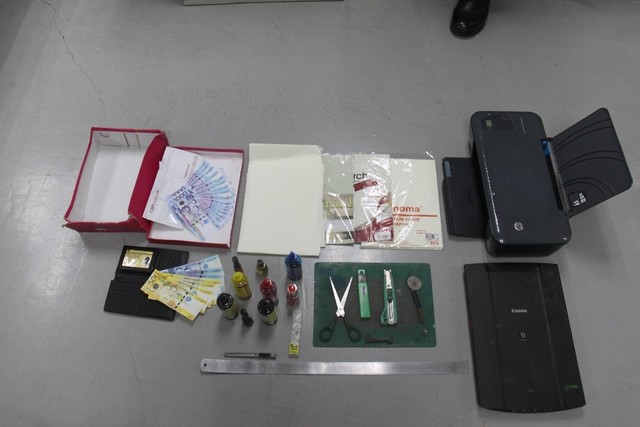Published 5:34 PM, July 19, 2016
MANILA, Philippines – As an entrepreneur, you should
continuously look for things you can improve on and novel ideas you can
introduce to your customers. If you’ve enjoyed a good amount of success
and are comfortable with your current operations, consider expanding
your business. This won’t only get your creative juices flowing again,
it will also bring in new revenue sources, which is always a good thing.
But expansion isn’t something you do
with eyes closed. Below is a list of things you should have before
expanding your business. If all things check out, be excited because
you’re about to embark on a rewarding, albeit demanding journey.
Is it the right time to expand?
There are no set milestones to look out for because
each business is different but generally, make sure that your existing
business is in good standing – meaning you’ve gotten back your
investment and have already started earning from it.
Treat your first business as a guinea pig. According
to Francis Hernandez,* owner of a facial spa business that has 8
branches around Metro Manila, it’s imperative for business owners to
study their first branch very well.
Experiment, see what works, and duplicate whatever
does on your next branch. Before opening his second branch, Hernandez
waited to recoup their investment. He says, “It’s easier to adjust and
correct mistakes when there is only one branch and only a few employees
involved.”
If you feel that your business isn’t quite ready for
expansion yet, consider growing it in other ways like improving your
marketing strategies and updating or increasing the services or products
you offer.
Why do you want to expand?
What is the driving force behind your business? Is it
to make people’s lives easier? To share innovations? To introduce
cultures through food? Or something else? Answer these questions first.
Knowing your “why” and putting it side by side with
what the market needs will allow you to discover your product’s unique
selling proposition. It will also help you make tough decisions: if
something doesn’t adhere to your “why,” don’t do it.
After establishing your “why,” move on to more
concrete objectives. Dulce Alimbuyuguen, Small Business Loan Sales Head
at BDO, suggests that you determine the following: your long-term and
short-term milestones, resources needed to achieve these goals, and the
internal and external financing needed to fund these resources.
Where do you want to expand to?
Expansion can mean different things so figure out how
exactly you want to expand your business. Do you want a new branch? Are
you considering opening an online store? Do you want to go
international or try a related but completely different idea?
Learn more about what your competitors are doing and
see how you can set your business apart. Look for locations with the
same profile as your first branch and see if there are any stores that
sell the same products. If there’s none, then that’s an untapped
goldmine.
How much will you spend for the expansion?
While expansion leads to increased profit, it incurs
increased operation costs as well. Before taking the leap, estimate
security deposits, construction costs, equipment, and so on. To be on
the safe side, Hernandez suggests that you add a buffer of 30% to your
actual estimate, which will cover miscellaneous and unexpected expenses.
It’s ideal to use internally generated funds from the
business but if you want to strike while the iron is hot, you can also
look into loans.
BDO’s SME Loan
is a short to medium-term facility that helps entrepreneurs with
additional working capital, purchase of business assets, and other
business ventures like franchising.
Do you see yourself being able to manage your time properly?
Remember that expanding your business also means more
work, so check if you’ll be able to squeeze everything into your daily
24 hours.
As you venture into expansion, make a list of your
priorities and figure out which ones you have to do yourself and which
ones you can entrust to others.
Hernandez shares: “We hired managers that can be
delegated to handle the day to day operations of the branches. We split
our time between the branches, depending on what branch needs more of
our attention."
Once the road to expansion is clear, create a good
system for operations, manage your people well, and set clear company
policies to make sure your business continues to run as smoothly as
possible.






























